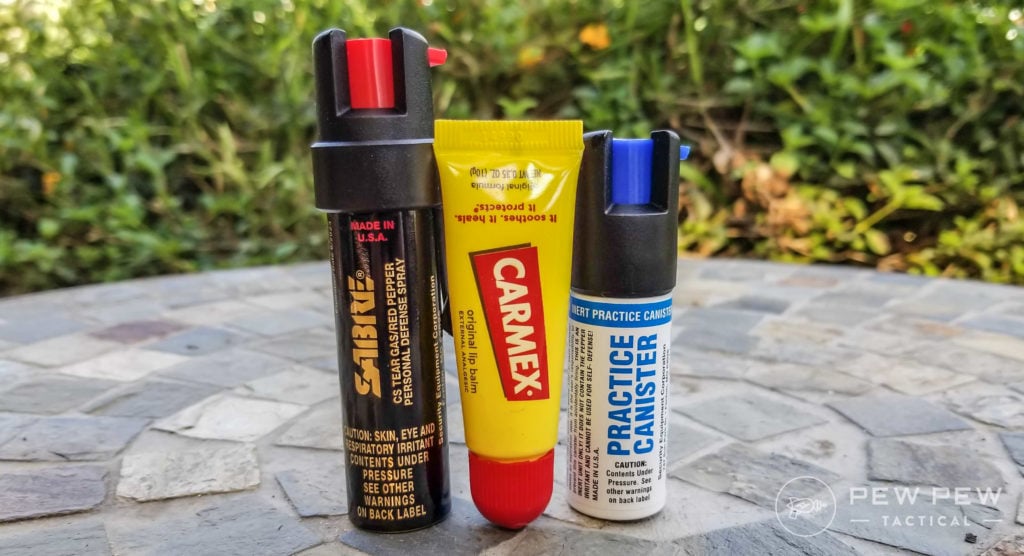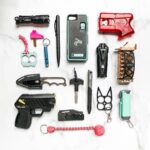In this article, we will explore the effectiveness of pepper spray as a tool for personal defense. You will learn about the active ingredient in pepper spray, how it affects an attacker, and the potential limitations of using pepper spray in certain situations. By understanding the pros and cons of this self-defense tool, you will be better equipped to make an informed decision about whether pepper spray is the right option for you.
Introduction
Pepper spray has become a popular choice for personal defense in recent years. With rising concerns about personal safety, it is important to understand the effectiveness and limitations of self-defense options. This article provides an overview of pepper spray, its composition, and its ability to incapacitate attackers. It also explores scientific studies supporting its effectiveness, factors that can affect its efficacy, and a comparison with other self-defense options. By understanding the benefits and limitations of pepper spray, individuals can make informed decisions for their personal safety.
What is Pepper Spray?
Pepper spray, also known as OC spray (oleoresin capsicum), is a non-lethal aerosol spray containing a chemical compound derived from chili peppers. It is typically composed of capsaicin, the active ingredient, along with other inert ingredients to aid in delivery. When sprayed in an attacker’s face, pepper spray causes temporary incapacitation by irritating the eyes, respiratory system, and skin.
The spray is typically dispensed from a canister, which may vary in size and design. The concentration of capsaicin can also vary, with higher concentrations generally resulting in more immediate and severe effects. It is important to note that pepper spray is intended for self-defense purposes only and should be used responsibly.
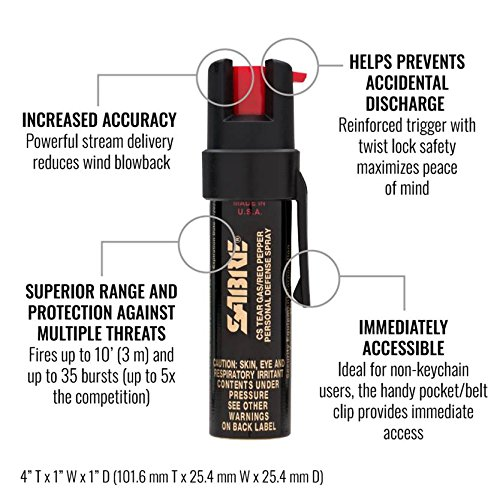
Effectiveness of Pepper Spray
Numerous scientific studies have demonstrated the effectiveness of pepper spray as a self-defense tool. Capsaicin, the active ingredient in the spray, causes an intense burning sensation in the eyes, making it difficult for the attacker to see and causing inflammation of the mucous membranes. This can result in temporary blindness, difficulty breathing, and extreme discomfort, giving the victim an opportunity to escape or seek help.
Various factors can influence the effectiveness of pepper spray. These include the concentration and formulation of the spray, the accuracy of application, and the distance between the victim and the attacker. It is crucial to aim for the attacker’s face, specifically the eyes and nose, to achieve the desired effect.
When compared to other self-defense options, such as stun guns or tasers, pepper spray has proven to be highly effective. While stun guns rely on an electric shock to incapacitate the attacker, pepper spray offers a more reliable and immediate response. Additionally, pepper spray can be more effective against multiple attackers, as the aerosol can disperse and affect multiple individuals at once.
Benefits of Pepper Spray
One of the key benefits of pepper spray is its non-lethal nature. Unlike firearms, pepper spray is designed to temporarily incapacitate the attacker without causing permanent harm or potential fatalities. This non-lethal attribute has legal implications as well, making it a more widely accessible and accepted self-defense tool.
Another advantage of pepper spray is its ease of use and portability. Most canisters are small enough to be carried on a keychain or in a purse, making it easily accessible in times of need. Unlike other self-defense options that may require specialized training or physical strength, pepper spray can be used effectively by individuals of all ages and physical abilities.
Pepper spray is also effective against multiple attackers. Its aerosol properties allow it to disperse in the air, affecting multiple individuals simultaneously. This can provide a crucial advantage in situations where the victim is outnumbered, allowing for temporary incapacitation of the attackers and creating an opportunity for escape or assistance.
Furthermore, the effects of pepper spray are temporary. Once the attacker has been sprayed, they will likely experience intense discomfort and be incapacitated for a significant amount of time, typically between 30 minutes to an hour. This temporary incapacitation gives the victim enough time to neutralize the threat and seek safety.
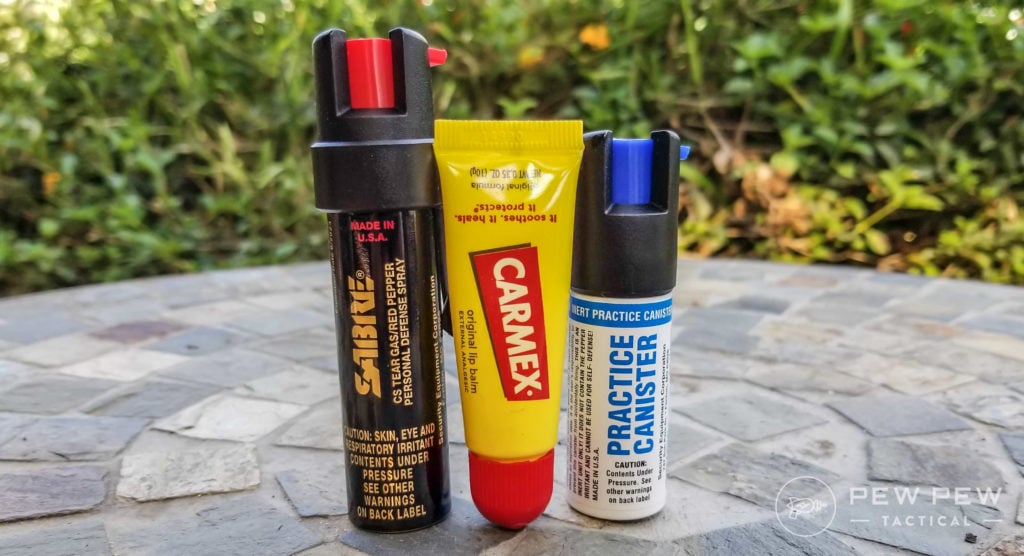
Limitations of Pepper Spray
While pepper spray is an effective self-defense option, it also has its limitations. One potential drawback is the possibility of allergic reactions or risks associated with using the spray. Individuals with respiratory issues or sensitivities to capsaicin may experience severe reactions when exposed to pepper spray. It is important to test the spray beforehand to ensure there are no adverse effects.
Additionally, the range and accuracy of pepper spray can vary. Factors such as wind direction and the victim’s ability to aim accurately can impact its effectiveness. It is recommended to practice using the spray to become familiar with its range and ensure proper targeting.
Another limitation is that some attackers may be able to counter the effects of pepper spray. Individuals under the influence of drugs or alcohol may have a higher pain tolerance, making it more difficult to incapacitate them. Additionally, some attackers may wear protective eyewear or masks, which can mitigate the effects of the spray.
The effectiveness of pepper spray may also vary in different environmental conditions. Extreme temperatures, high humidity, or windy conditions can affect the spray’s range and the duration of its effects. It is important to consider these factors when relying on pepper spray for personal defense.
Proper Use and Training
To ensure the effective use of pepper spray, it is crucial to understand the product instructions thoroughly. Each brand and model may have specific guidelines for use, including recommended distance, duration of spray, and storage instructions. Familiarize yourself with these instructions to maximize the spray’s effectiveness.
Training for correct usage is also highly recommended. Many self-defense classes offer training on using pepper spray effectively, including techniques for aiming and proper deployment. Learning these skills can significantly increase the chances of successfully incapacitating an attacker and increasing personal safety.
Safety precautions should always be taken when handling pepper spray. Avoid spraying the product into the wind or in enclosed spaces where it may affect innocent bystanders. Additionally, ensure that the canister is securely stored to prevent accidental discharge.
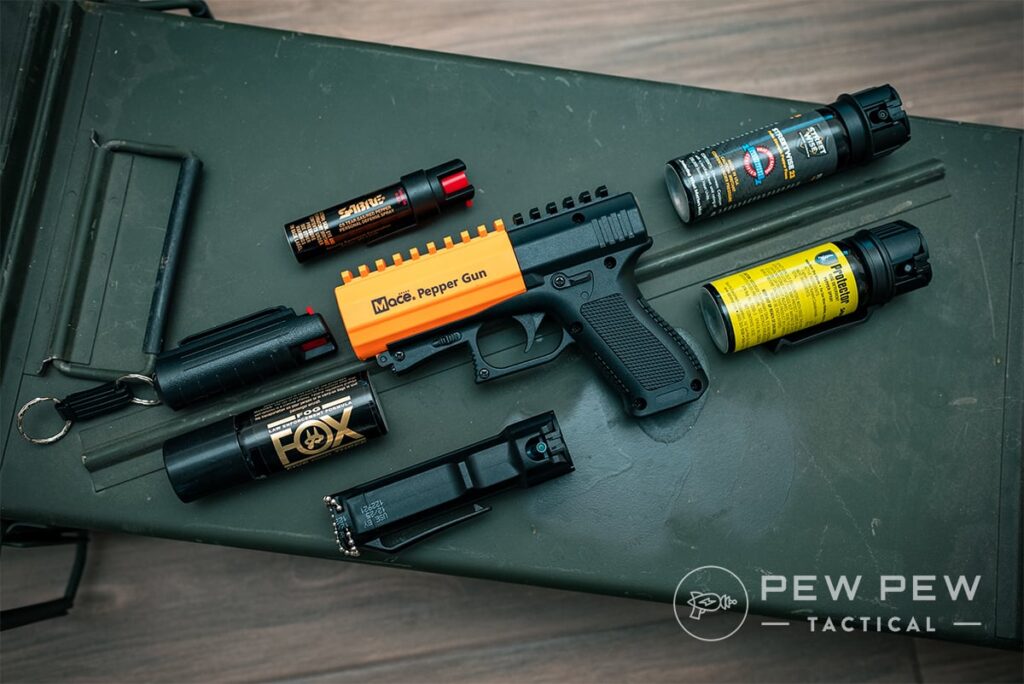
Legal Considerations
It is essential to be aware of the laws and regulations regarding pepper spray in your jurisdiction. While pepper spray is legal in many countries, restrictions may apply, such as age requirements or limitations on concentration. Familiarize yourself with these regulations to ensure compliance and responsible usage.
It is also important to note that even if pepper spray is legal, there may be restrictions on how and when it can be used. Some jurisdictions may only allow the use of pepper spray in self-defense situations, and using it as an offensive tool may have legal consequences. Always use pepper spray responsibly and within the boundaries of the law.
Real-Life Experiences
Personal testimonials from individuals who have used pepper spray can provide valuable insights into its effectiveness. Many individuals have successfully used pepper spray to fend off attackers and escape dangerous situations. These testimonials highlight the importance of being prepared and having a reliable self-defense option to increase personal safety.
In addition to personal testimonials, case studies of successful self-defense scenarios involving pepper spray are available. These case studies analyze real-life situations where individuals have effectively used pepper spray to protect themselves. Learning from these real-world examples can help individuals gain confidence in pepper spray’s effectiveness as a self-defense tool.

Alternative Self-defense Options
While pepper spray is a popular choice for personal defense, there are other self-defense options worth considering. Stun guns and tasers, for example, rely on electric shocks to incapacitate attackers. They can be effective but require close proximity to the attacker and may not be legal or accessible in all jurisdictions.
Exploring martial arts and self-defense training can also enhance personal safety. These training programs focus on teaching individuals techniques for self-defense, including strikes, grapples, and escapes. While they require more time and dedication to master, they provide individuals with invaluable skills to protect themselves.
Other non-lethal personal defense devices, such as personal alarms or safety whistles, can also be effective in deterring attackers and attracting attention. These devices may not incapacitate an attacker but can provide a valuable distraction and aid in alerting others to the situation.
Conclusion
Pepper spray is an effective and widely accessible self-defense option. Its non-lethal nature, ease of use, and ability to incapacitate attackers make it a popular choice for personal defense. Understanding the benefits and limitations of pepper spray, along with proper training and responsible usage, can greatly increase personal safety.
While pepper spray is highly effective, it is important to consider other self-defense options and explore what works best for each individual’s circumstances. Whether it be stun guns, self-defense training, or other non-lethal devices, making informed decisions about personal safety is crucial. By equipping oneself with a reliable self-defense option, individuals can enhance their personal safety and feel more confident in their ability to protect themselves. Stay safe and stay informed!

